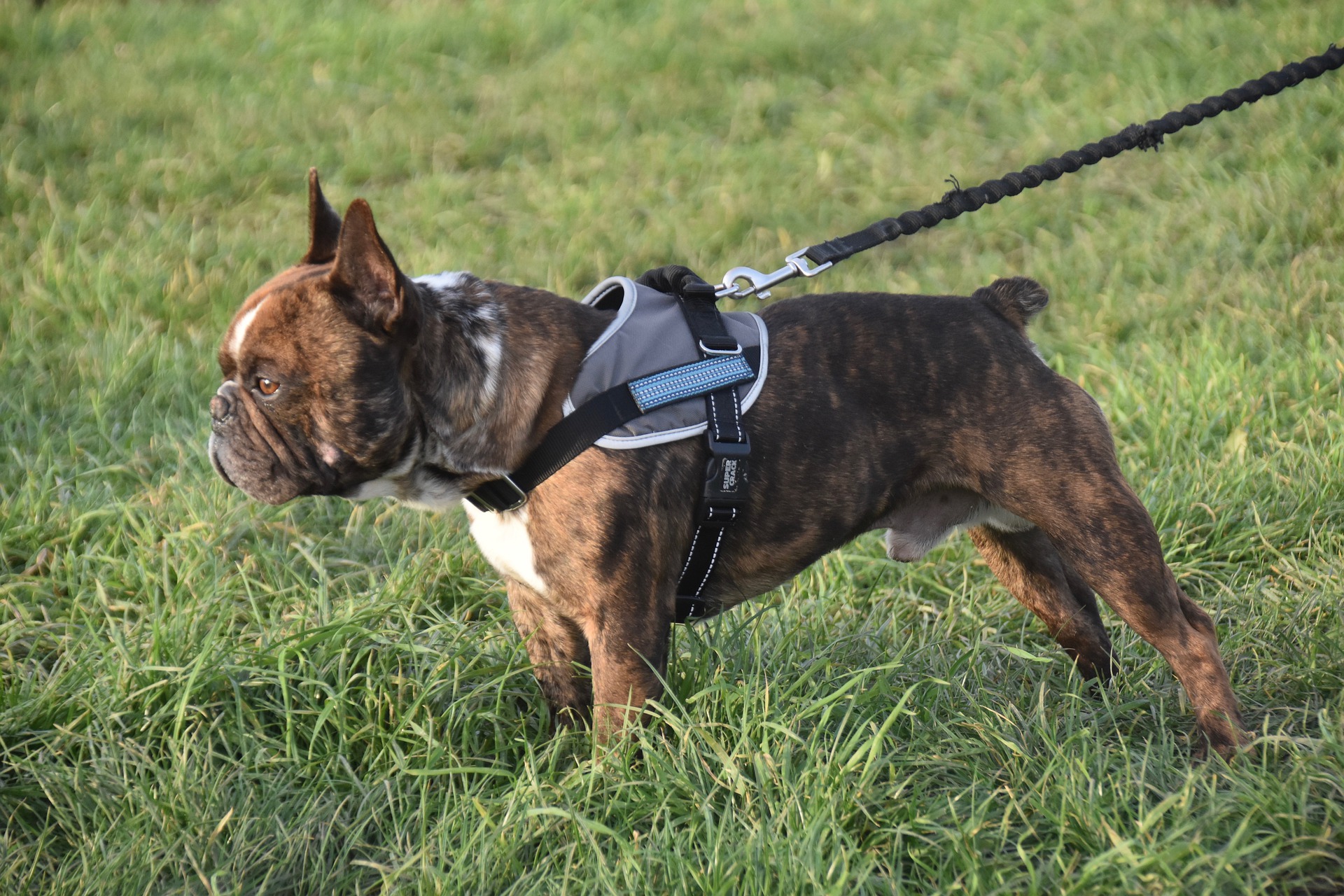Responsible dog owners understand that training is an important part of having a dog. Teaching proper behaviors like where to go to the bathroom and how to sit or stay contribute greatly to the comfort and happiness of dogs and their owners alike. Sometimes, though, we let things slide and start to normalize some less than ideal behaviors (regardless of whether or not that was our intention). Small dogs especially tend to get away with bad dog behaviors that would not be acceptable in bigger pets.
For example, aggression towards others is scary in a big dog, but may not be seen as a threat by owners who simply pick up their little dog–however, this is not possible if the dog gets away from the owner or if a child attempts to grab the dog and instead gets bitten. While it is easy to not even realize that you are permitting bad habits in your dog, it’s important to recognize where their behavior needs improvement and take steps toward changing it.
Bad Table Manners: Tossing scraps to your dog while cooking or eating may not seem like a big deal–plus, it’s difficult to resist a pair of adorable puppy dog eyes! Once you’ve given in, they will repeat their begging constantly and ramp it up to the next level. What might have just started as laying on the floor and looking at you pleadingly, may advance to them licking you, barking for attention, or even attempting to take the food right from your plate. To change this behavior, it’s important to ignore your dog while you are handling and eating food. Give them their own meal to focus on, put them outside while you eat, or have them “place” in a spot away from the table. Reward them for staying out of the way once the meal is done so they learn that listening when you tell them to “place” will eventually earn them a tasty treat!
Tugging on a Leash: Pulling on a leash is not only annoying for owners, but is also dangerous on the dog. Small dogs especially have fragile throats, and their tracheas can collapse or necks can be strained if they tug too hard. See our past articles on loose-leash walking to improve their etiquette on your walks. It takes time, but you’ll be grateful for how much more enjoyable your walks become.
Jumping Up on Guests: Many people don’t see a problem with jumping, since the dog is generally just happy to see the person who has arrived. However, it tells the dog that they are allowed to demand attention, and is rude to guests who prefer not to have an excitable animal invading their personal space. Every time someone pets a dog who is jumping (or even if you just interact with them by placing their paws back on the ground), the dog sees this as positive attention, and is more likely to repeat the behavior. To put their jumping to a stop, you need to refuse to acknowledge them when they jump. They’re only seeking attention, after all; once they understand that jumping does not result in the attention they crave, they will stop doing it. Walk past your jumping dog or turn your back on them without making eye contact or touching them. Ignore them until they’ve calmed down; once all four paws are on the ground, reward them with pets and a treat.
Gulf Coast K9 Dog Training of Bradenton offers a professional 2 week training class designed to help you get rid of bad dog behaviors. Call today for more information and to get started.





